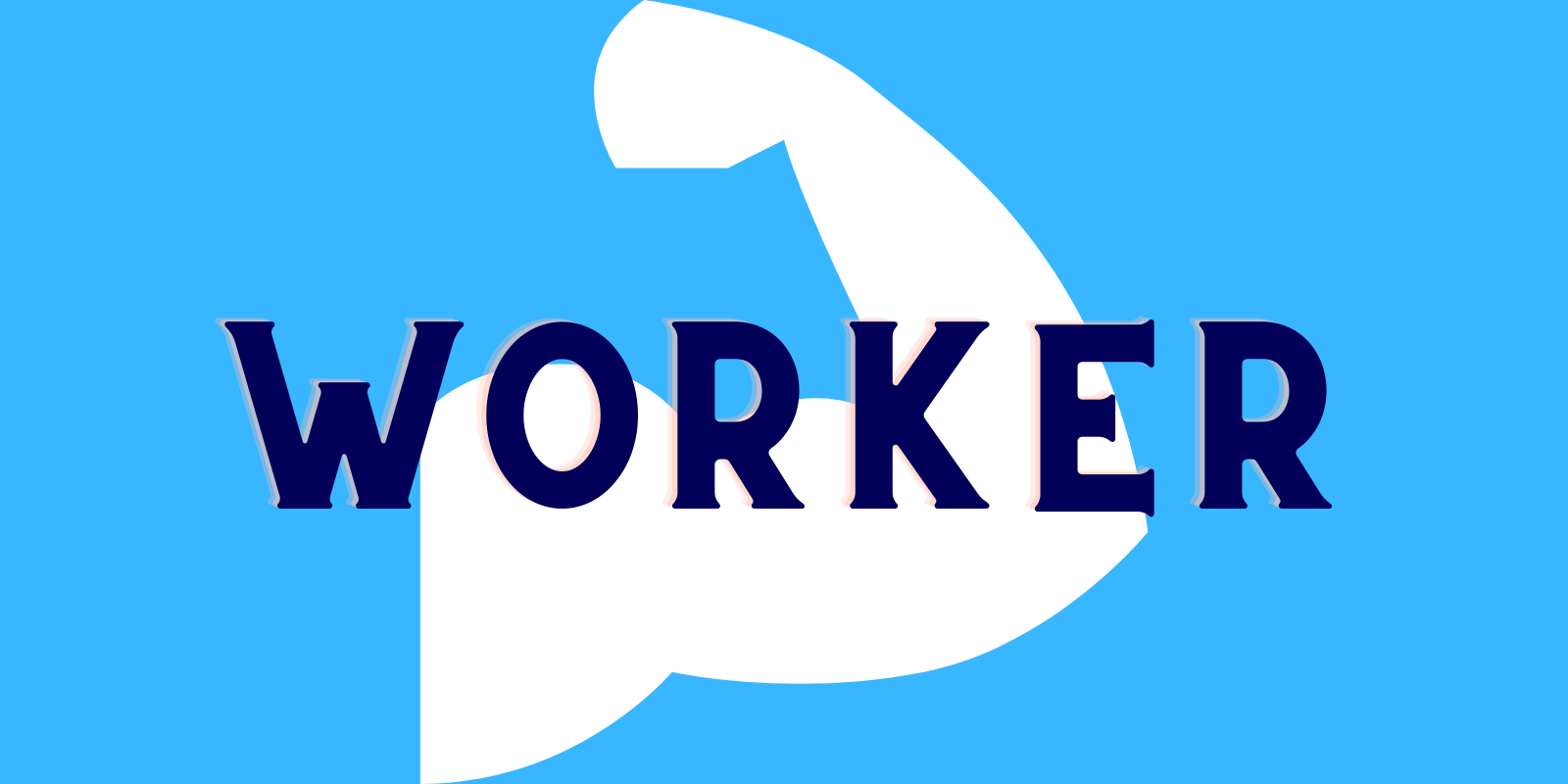Since the publication of the post Quick Tip: SystemImage, more than 2,400 symbols at your disposal, some users raised the question about how to do the same on macOS. Continue reading to learn one possible technique.
Comments closedCategory: Learning
Xojo 2020r2 introduced the new Font class to deal with any font that you want to use in your iOS apps. The Constructor method for the class receives the font name (the PostScript one) and the font size.
Comments closedIt’s helpful and common these days to add a “Recent Items” menu that tracks the last opened files or other recent searches among other things. This blog post will teach you one of the multiple approaches to do this in Xojo.
Comments closedWith Xojo 2020r2, we’ve given you a really easy way to provide hi-resolution and scalable symbols for use as images in Canvas drawings or as Toolbar…
Comments closedWhile we make the full transition of building the Xojo IDE for M1, you can continue to leverage debugging M1 apps while using the Intel based Xojo IDE on macOS.
Comments closedWith the newly released M1 Macs, there have been lots of questions about being able to run other operating systems on it, particularly from developers that are used to running Window or Linux in Virtual Machines using virtualization on their Intel Macs.
Comments closedA Worker provides a way for you to have code that runs on multiple CPU cores. A Worker achieves this by running its code in a Console app. One or more of these console apps are started based on your Worker settings. Since these run as Console apps, the OS treats them as separate processes and spreads them out amongst available CPU cores.
Comments closedXojo 2020 Release 2 includes API 2.0 for iOS which has many, many changes and new features. Features include MobileMoviePlayer, MobileMapViewer, iOS Notifications …
Comments closedLet’s talk about the new properties and methods added to the Graphics class that will make all your Paint drawings more flexible and powerful! The enhancements include: LineDash, LineCap, LineJoin, the new Brush property with LinearGradientBrush, RadialGradientBrush, ShadowBrush and PictureBrush, and the new PictureBrush class.
Comments closedAdd the new native DateTimePicker control to your Window Layouts to get the same look, feel and behavior you’d expect from the OS itself.
Comments closed
